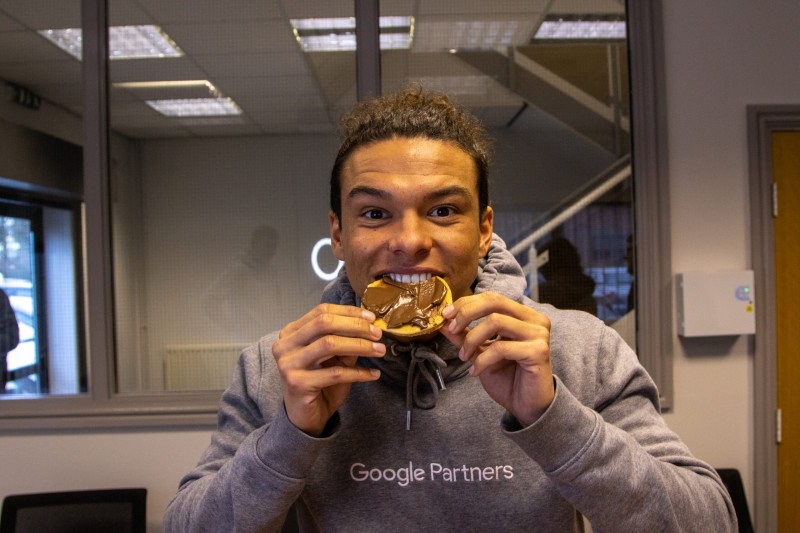Accessibility is a big deal for the customer experience.
After all, there’s no point having the best product at the best price if your customers can’t get to it to buy it.
In physical shops, accessibility is all about improving access through adjustments like wheelchair ramps, wide walkways and safety signs, etc.
But what about online?
Especially at a time when more customers than ever are thinking digital first when it comes to researching and buying products and services.
Website accessibility is all about making sure every customer can access, read and understand your web content, regardless of any disability, including sight, movement and cognitive ability.
Doing this ensures everyone will have a similar if not the same experience using your online site.
In this blog we talk you through the benefits of an accessible website, as well as giving you tips to make your website accessible to as broad an audience as possible.
Why you need an accessible website
Not all disabilities affect someone’s ability to use and enjoy the internet.
But it’s important there are options available for people to ensure an easy experience.
Those that ‘click away’ from a website usually struggle to use it.
But they’re unlikely to raise any issues with the brand owners, meaning businesses could be losing out on potential business without realising there are problems customers are facing while using their website.
Without disability access, businesses could see a significant loss in sales and profit.
This shows an easy to use website is a top priority for consumers when it comes to online shopping.
Overall, it’s the brand that has the responsibility to create a user friendly website for all, including those with disabilities. This will improve web access and boost sales.
How to create an accessible website
Now we’ve established what it means to have an accessible website, here’s how to create one.
There are accessibility standards sites should follow.
Testing your website regularly for issues during the creation process can save you time in the long run and prevent accessibility issues.
These standards define an accessible website as one that is:
- Perceivable – People are able to use their senses to consume content.
- Operable – Users are able to operate a website with ease.
- Understandable – Websites are easy to understand and navigate.
- Robust – Websites should be able to work across browsers and platforms.
To begin with, you need to be aware of the impairments that are most likely to cause problems when browsing:
- Visual – Varying degrees of vision and colour blindness
- Hearing – Varying hearing abilities
- Physical abilities – Unable to use a keyboard, mouse etc with ease
- Neuro-diversity – Dyslexia, autism, learning difficulties etc.
Not only are there disabilities to think about, there are attitudes and preferences that must be considered.
You must identify the potential barriers that people could face when using a website, and make sure they don’t struggle on your site.
Include text alternatives for non-text content.
This means that the text can be changed into any forms preferred by the user, including braille and converting into simpler language.
All you need to do is include a short description of the image/video (image alt text) to explain what it represents.
By taking these factors into consideration, you will enhance the experience of your website for all its users.
You will show you care about your customers, leading to customer loyalty and brand awareness.
Although the focus of your website is the user experience, if your website is not widely accessible it could face complaints and even legal problems.
Regularly assess your website to make sure it follows user guidelines, to avoid legal trouble and keep your customers.
What does this mean for SEO?
If you need to add in certain features to your site to meet the needs of accessibility guidelines, it could have a negative effect on the way your site loads.
You should do what you can to reduce loading speeds on every platform to prevent customers from leaving your site.
A poor loading speed could mean your site won’t appear in search results.
Make sure links to other areas of your site are clearly signposted and easy to access.
It’s all well and good having options available for users with disabilities, but if it’s unclear on how to use them, no one will be able to find them.
The more options you have available for your website users the better.
Provide people with various options to access your content, such as transcriptions for video.
If you have any more queries about SEO and making your website accessible for its users, get in touch today to arrange a free site assessment.
Posted by: hollycharlesworth
October 3, 2023




